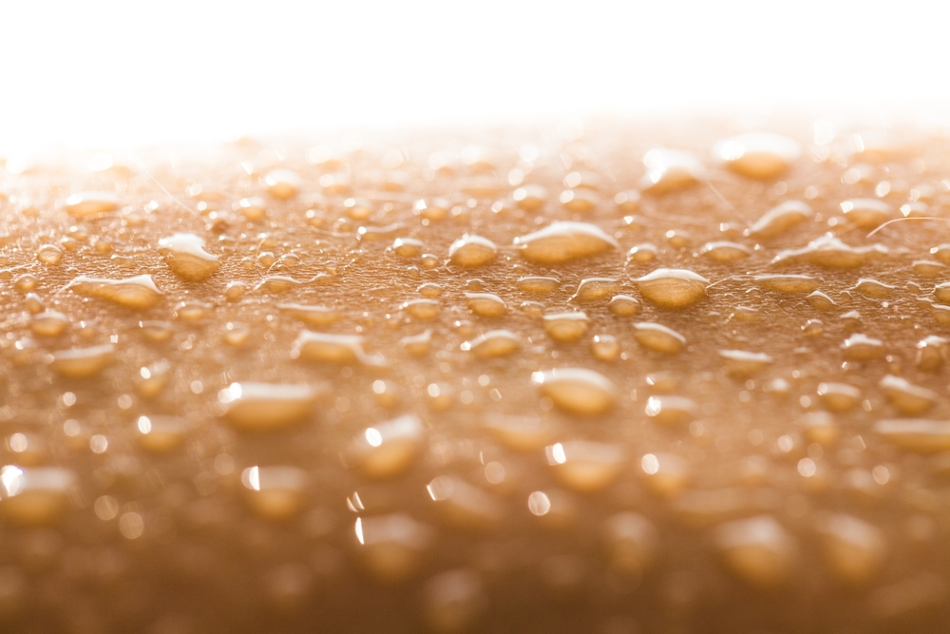
Image Credit:Billion Photos/Shutterstock.com
Wearable electronics, wearable technology, or simply ‘wearables’ is the next hottest fashion trend that combines cutting-edge technology with an ancient human invention: clothing. Wearable devices are items of clothing (or body implants) that incorporate a tiny information processing chip to enable smart connectivity, linking attire up in the Internet of Things (IoT) to augment everyday experience.
To enable this new generation of intelligent garments, various means of powering the processing chips have been put forward and developed. Traditionally – as in the cases of the common wristwatch and smart FitBit watch alike – small batteries have been employed to power the functionality of wearable electronics. However, this, of course, necessitates regular replacement and means the device will eventually deteriorate.
New research published in Advanced Functional Materials in 2019 proposes using a fuel cell using the sweat we naturally produce when exercising to power these wearable electronics.
Minuscule Fuel Cells
The team from the University of Grenoble Alps (France) and University of California, San Diego (United States) – brought together by the French National Centre for Scientific Research (CNRS) – have developed and patented this futuristic biofuel technology.
The fuel cell uses the oxidation of lactate (a component of human sweat) and the reduction of oxygen to produce electrical energy to power a light-emitting diode (LED). Lactate and oxygen are combined to create power in an electrochemical process somewhat analogous to the combination of oxygen and fuel in rocket propellants.
This biofuel cell can be manufactured with a type of nanotechnology called multi-walled carbon nanotubes aggregated into buckypaper – a new synthesized material with numerous useful properties including high strength and conductivity.
The buckypaper, functionalized by the addition of pyrene‐polynorbornene homopolymer, acts at the anode of the fuel cell where lactate oxidase is immobilized and combined with bilirubin oxidase at the cathode to generate electrical energy.
Sweat Put to Work
The conductive material that the researchers developed to exploit biofuel in human sweat is made flexible by stretchable connectors linking the carbon nanotubes, enzymes, and crosslinked polymers in one wearable fabric.
This can be “printed” onto materials using advanced lithography techniques, showing that the manufacture of the fuel cell in wearable electronics can be achieved at relatively low cost and large scales.
With a voltage booster added to the material, researchers were able to demonstrate that sweat could be used to power a small LED. The team claimed a voltage of 0.74 V was possible in this early iteration of the technology, and believe that their proof of concept can lead to future developments in biofuel technology using lactose which could power larger or more intelligent devices.
Potential Applications
This research helps to advance the field of wearable electronics by introducing an autonomous and renewable energy source that can considerably increase the range and functionality of wearables.
These kinds of devices can help to augment our daily lives by, for example, linking our movements and exercise to computers to provide valuable health informatics, or aggregating this data to help us understand the body better, heal injuries, and cure diseases.
Outside of health, wearables are under development by the gaming and entertainment industries to create fully immersive experiences. In fashion, wearable electronics can be used to make responsive garments that provide better fit, performance, and experience for wearers.
The research team argues that their proof of concept demonstrates “the promising potential of the flexible BP- [buckypaper-]based BFC [biofuel cells] as a self‐sustained power source for next‐generation wearable electronics”.
References and Further Reading
- Chen, X., Yin, L., Lv, J., Gross, A.J., Le, M., Gutierrez, N.G., Li, Y., Jeerapan, I., Giroud, F., Berezovska, A., O’Reilly, R.K., Xu, S., Cosnier, S. and Wang, J. (2019). Stretchable and Flexible Buckypaper‐Based Lactate Biofuel Cell for Wearable Electronics. Advanced Functional Materials, 29(46), p.1905785. https://doi.org/10.1002/adfm.201905785
Disclaimer: The views expressed here are those of the author expressed in their private capacity and do not necessarily represent the views of AZoM.com Limited T/A AZoNetwork the owner and operator of this website. This disclaimer forms part of the Terms and conditions of use of this website.